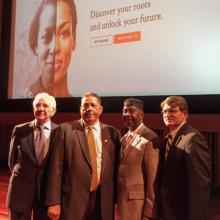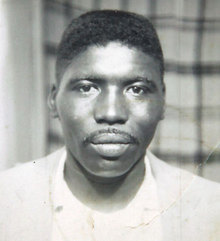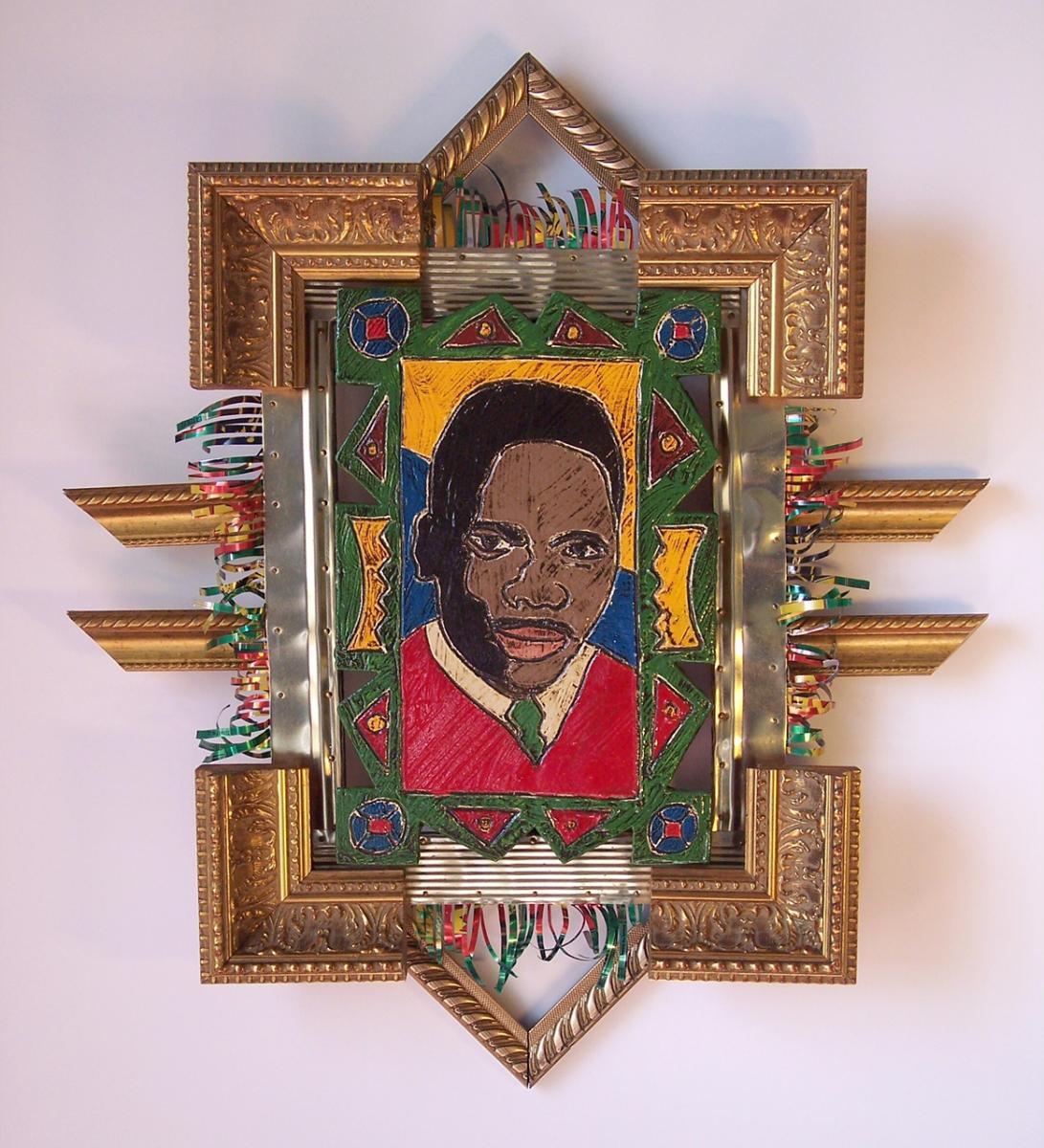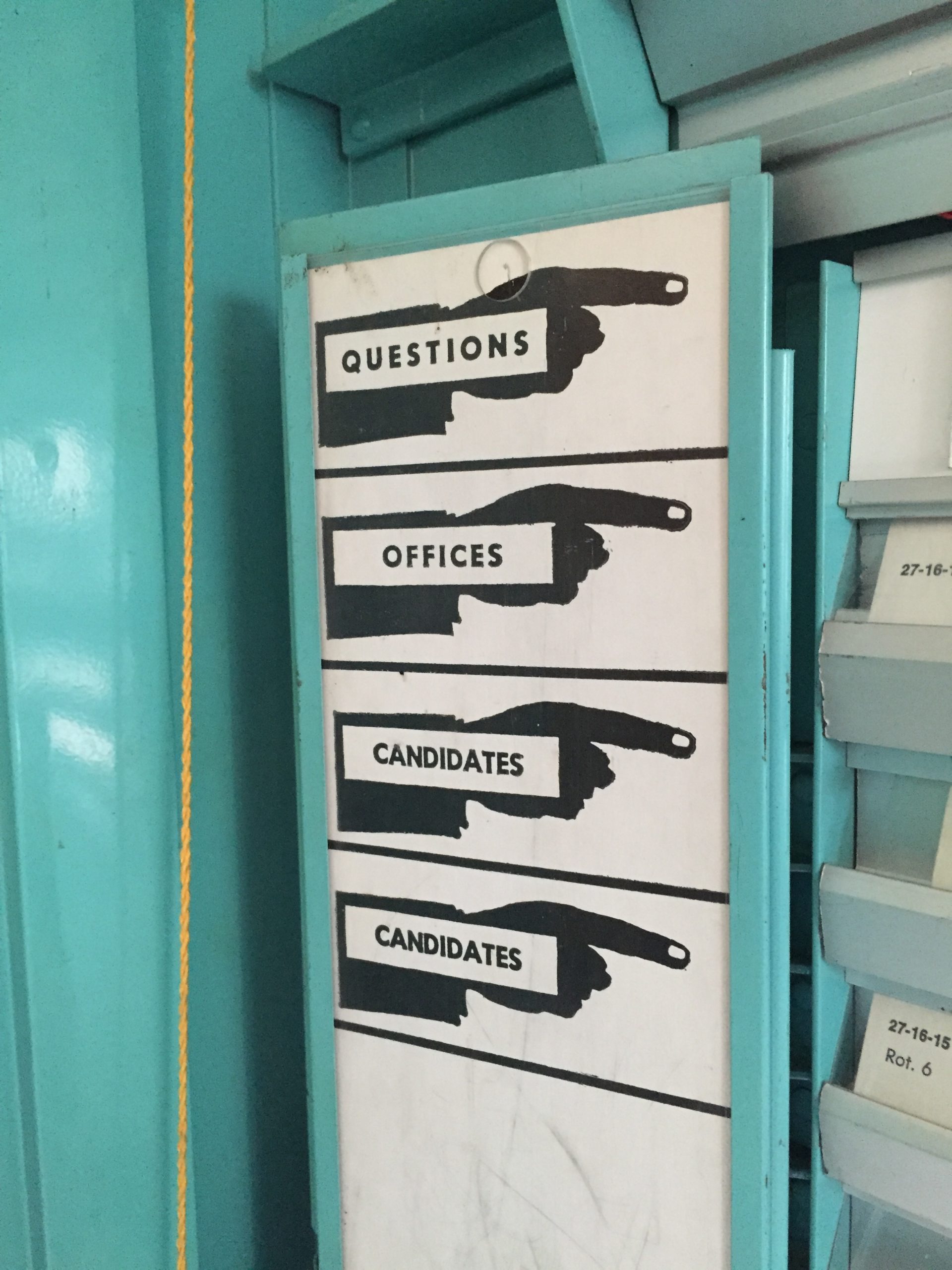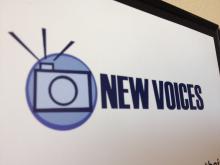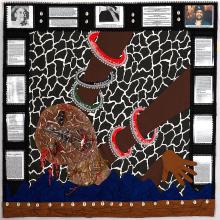Learn More
The first and most important action you can take is to become well-versed in the subject; dig a bit deeper after your introduction to the issue of human trafficking. There’s misinformation out there, and it is crucial that you separate the myths from the realities. In doing so, you avoid tunnel vision and truly get a better idea of how multi-faceted trafficking is. Additionally, through the education process, you’ll become familiar with major stakeholders and reliable sources of information; as a result, you’ll strengthen your ability to direct others to accurate information. Your authority to engage others in the subject and the anti-trafficking movement’s credibility hinges on this knowledge base.
Learning is not limited to books and online research. Attend events such as the Trafficking in Persons Heroes Reception hosted at the Freedom Center every year. Find a World Affairs Council near you (there’s one in Cincinnati!) and join in on one of their conference calls. A recent call featured Luis CdeBaca, U.S. Ambassador-at-Large to Monitor and Combat Trafficking in Persons.
Buy Fair Trade
Change starts with the individual, and other than learning more, another personal endeavor is to re-examine how our consumer choices feed the cycle of enslavement. Slave-made products are all around us, and yes, at this time it might be impossible to only purchase fair trade products. However, we can still make small advances towards promoting and supporting ethically-made goods. It starts with the following question: what do I really need to have, and what is a luxury item? For me, the answer is chocolate. I love it, but honestly, it’s a treat that I can live without. It’s the one item that I’ve pledged to buy only if it is free of slave labor. So, instead of grabbing candy every time I go to the grocery store, I save up and buy chocolate at a local fair trade shop.
Practicing this type of consumer activity is an exercise of mindfulness and gratitude. It makes us reflect on what we have, what we truly need and the implications of our purchases.
Learn more about fair trade here, and find a fair trade store near you.
Fundraise
Fair trade stores aren’t the only organizations looking to end modern-day slavery, and buying items isn’t the only way to financially support anti-trafficking work. There are a lot of NGOs and nonprofits that run much-needed programs, from investigation to reintegration. However, these organizations require funding. Many of them have individual fundraising pages. Ideas include marathons (5K runs for charity), garage sales, silent auctions and restaurant nights. Here’s a list of restaurants that donate a portion of proceeds during fundraising nights.
Volunteer/Intern Locally
Fundraising is one way to get directly connected with organizations fighting trafficking. Volunteering and interning locally are also ways to get involved. Direct volunteers (i.e., those who personally interact with clients) are usually 18 or older, but there are other roles to fill as well. The End Slavery Now Directory of Organizations can help you find groups in your area; in Cincinnati, there are several that address different aspects of human trafficking. Visit End Slavery Cincinnati, Ten Thousand Villages, Jean R. Cadet Restavek Organization, Restavek Freedom Foundation, Stop Traffick Fashion and Cincinnati Union Bethel to learn about their initiatives. Also, check out organizations that are not exclusively for trafficked persons. Detox houses, domestic abuse centers and shelters for minors often have volunteer opportunities. These are places that often serve trafficking survivors.
Volunteer/Intern Abroad
If you have a heart for serving but want to take that to the international level, check out Crossroads’ mission trip to India or Half the Sky Movement’s openings. End Slavery Now’s Antislavery Partners usually have a variety of volunteer and internship opportunities abroad.
Volunteer/Intern Virtually
You don’t have to leave the comfort of your home to help organizations. The U.S. State Department hires virtual student foreign service e-interns, and the United Nations has online volunteering opportunities.
Initiate a School Campaign
While volunteering or interning with organizations, you’ll find that there’s still an immense need for more people to get involved. You can be a recruiter and encourage others to take part in these anti-slavery efforts. Counselors, administrators and parents are always telling us to get involved in school. Starting a campaign against trafficking is a way to engage your school community in the conversation, and it will also help you develop communication and management skills. Campaign ideas include a simulation, play or film screening.
Who knows? Your school might already have an anti-slavery organization that could co-sponsor an event. If so, check out The Free Project and be part of the network of students striving to end slavery.
Host a Speaker
Campaign organizers often find it beneficial to host speakers or facilitate panel discussions. A passionate and knowledgeable speaker can move people and incite thought and conversation. There are a multitude of survivors, advocates and experts willing to share their work and their stories. Head to End Slavery Now’s list of Antislavery Partners and see which organizations have speakers on deck. International Justice Mission, for example, has a variety of experts that can talk about a wide range of topics – from justice operations to strategic initiatives.
Be a Speaker
You are also qualified to talk about human trafficking. We cannot negate the value of including kids in the conversation, and you can be the one to start that partnership. Most curricula in elementary, middle and high schools include a section on chattel slavery. These required class lectures are chances to introduce students to 21st century slavery in an age-appropriate manner. Give an overview of the situation, and ask questions that make them think. We build strong communities – and for that matter, strong anti-human trafficking communities – when we approach everyone in society. Each person, no matter how young or old, has something to contribute. Establish those ties by leading stimulating discussions, motivating others to become global citizens and cultivating the next generation of thinkers and problem-solvers.
Talent Show
Sometimes, we’d prefer to talk less and express more. Organizing or participating in a talent show is another way to raise awareness and give a voice to the anti-human trafficking cause. A talent showcase can include artwork, slam poetry, music and dance. There are several anti-human trafficking inspired pieces. Take a look at artwork from Artworks for Freedom, listen to this poem from the Polaris Project and check out these music videos from MTV EXIT. The point is not to sensationalize or trivialize human trafficking but to express the truths about it through various methods.
Develop an App or Virtual Tour
There’s no limit to the ways in which you can creatively involve others in the anti-slavery dialogue. If you enjoy coding, programming or designing, consider creating an app or virtual tour related to human trafficking. You can develop something as complex as Slavery Footprint or create a virtual tour on YouTube (e.g.., have a progressive set of videos where viewers can learn about anti-trafficking laws and their outcomes).
Conduct Research
You can always explore fresh and innovative ways to contribute to human trafficking content, but remember that academic research is also necessary. Modern-day slavery only started to gain attention a few years ago, and there’s a dearth of rigorous and useful research material. Potential thesis topics could address human trafficking and its relationship to local law enforcement, state legislation, culture, global climate change, nationalism, foreign policy relations, economic sanctions, human development, etc.
Write
If you like to write, research isn’t the only way to utilize this skill. You can write an op-ed or send a letter to your state representatives. Write encouraging letters to organizations helping trafficked persons or make cards for their clients. Be that positive light. No matter what role or sector someone is in, anti-human trafficking work is exhausting; there will be moments of discouragement and failure. Your contribution might be to lift people up with words of reassurance, reminders of success stories and cheers of inspirations.
Everyone has a different calling in life, and there are different levels of involvement. Given the options you can take, go confidently in the direction you choose and realize that you are an abolitionist. Take a look at the work of some young abolitionists:
· Middle and high school students around the world have been fundraising for The A21 Campaign.
· Read about Ellie Zika. She founded KidKnits at age nine out of a desire to promote fair labor and education in Rwanda.
· Watch a preview of The Arts Effect NYC’s play on sex trafficking and the commercial sex trade.
Now, it’s your turn. Be a source of hope wherever you are and know that there are others fighting human trafficking along with you.
Post written by Cazzie Reyes, Contemporary Slavery Intern during Summer 2014. Cazzie is from Bradley University in Peroria, Illinois.
Image: Fair-trade chocolate, Nico Nelson.


